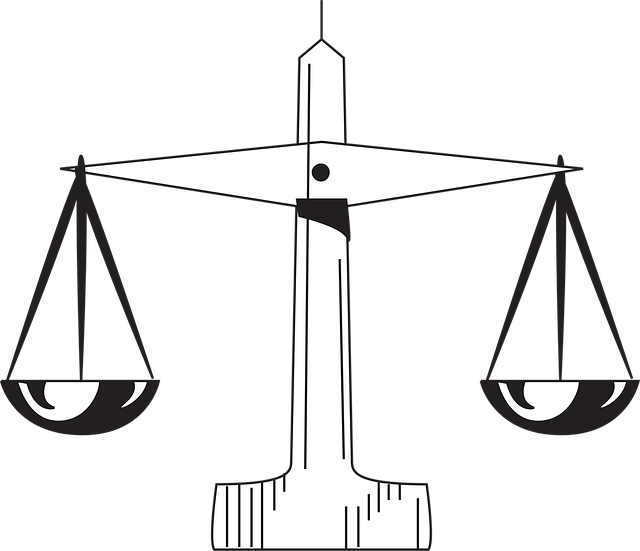Third-party workplace claims involve disputes causing harm to employees, customers, or others, requiring legal representation to navigate complex cases and adhere to laws. A successful claim needs evidence, a direct link between workplace activities and the dispute, and comprehensive documentation. For misconduct in organizations like nursing homes, the process includes incident investigation, filing formal complaints, and consulting specialized legal professionals for guidance.
“Uncovering the essence of a valid third-party workplace claim is crucial for organizations aiming to mitigate legal risks. This comprehensive guide delves into the intricate world of third-party workplace claims, offering insights for employers and employees alike. We explore the key components that constitute a robust case, from understanding the nature of these claims to navigating the legal landscape. By dissecting essential elements and operational processes, this article equips readers with knowledge to recognize and manage potential liabilities effectively.”
- Understanding Third-Party Workplace Claims
- Essential Elements of a Valid Case
- Navigating Legal Requirements and Process
Understanding Third-Party Workplace Claims

Third-party workplace claims are a significant legal area that involves disputes arising from actions or omissions by an employer or their representatives that cause harm to employees, customers, or other third parties. These claims encompass various scenarios, including but not limited to personal injuries, property damage, and economic losses. Understanding the elements that constitute a valid third-party workplace claim is crucial for both employers and individuals seeking legal redress.
In many cases, these claims are rooted in allegations of negligence, where it’s argued that the employer or their agents failed to uphold their fiduciary duty, leading to breaches that directly caused harm. For instance, wrongful death claims often stem from severe fiduciary duty breaches where a failure to ensure a safe workplace environment results in fatal accidents. Efficient legal representation is paramount for navigating these complex cases, ensuring that all relevant laws and regulations are considered in the pursuit of justice or a settlement.
Essential Elements of a Valid Case

A valid third-party workplace claim hinges on several essential elements that must be clearly established to navigate the complexities of business litigation. Firstly, there needs to be a legitimate dispute between an employee and an external party, such as a contractor or supplier, that has been negatively impacted by actions or inactions within the workplace environment. This could range from contractual disagreements regarding services rendered to allegations of medical malpractice arising from treatment received on company premises.
The core components of a robust case include concrete evidence supporting the claim, demonstrable harm suffered by the third party, and a direct causal link between the workplace activities and the subsequent dispute. In the context of partnership disputes, where business relationships sour, thorough documentation of agreements, communications, and relevant transactions becomes paramount. Such documentation serves as the bedrock upon which legal arguments are constructed, ensuring that any claim is not only valid but also compelling in a court of law.
Navigating Legal Requirements and Process

Navigating the legal requirements and process for a third-party workplace claim is crucial when dealing with potential misconduct or harm occurring within an organization. When it comes to cases involving nursing home abuse, caregiver negligence, or fiduciary duty breaches, understanding the steps involved is essential. The first step is to thoroughly investigate the incident, gathering evidence and statements from witnesses to establish the validity of the claim. This includes documenting any physical injuries, medical reports, and firsthand accounts.
The process then involves filing a formal complaint with relevant authorities, such as the appropriate regulatory bodies or legal institutions, depending on the nature of the alleged wrongdoing. In cases of suspected fiduciary duty breaches, for instance, it may be necessary to consult with legal professionals who specialize in these matters. They can guide individuals or families through the complex process, ensuring all required documentation is submitted accurately and within applicable time frames.
A successful third-party workplace claim requires a comprehensive understanding of the legal framework and a robust presentation of specific, valid elements. By navigating the essential components outlined in this article—from the initial claim to the final resolution—employers can ensure they provide adequate support for their cases. Understanding these requirements is crucial for effectively managing potential liabilities and fostering a safe, harmonious work environment.






